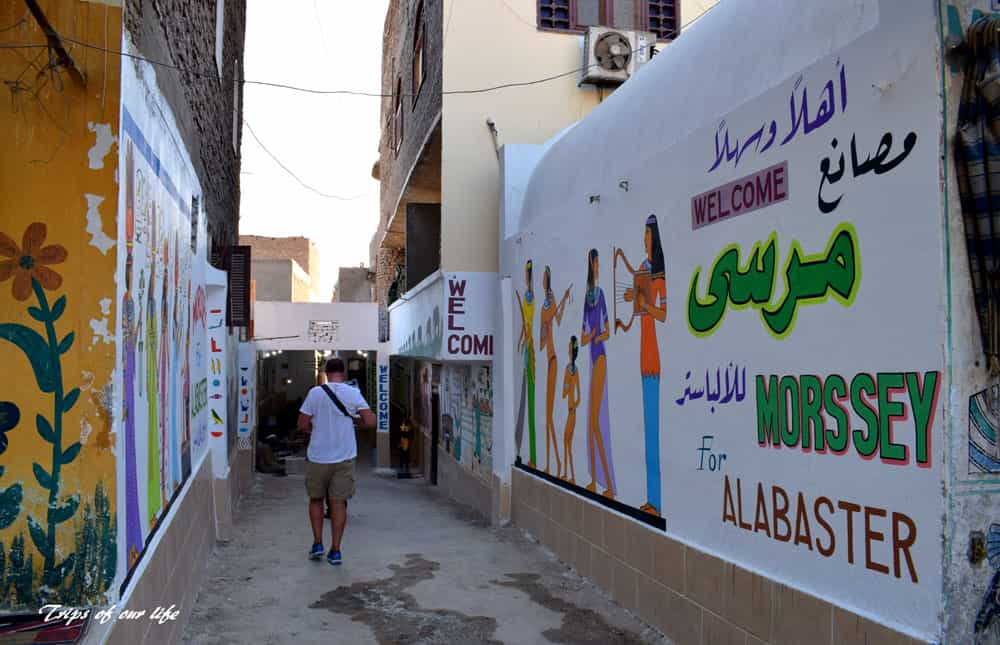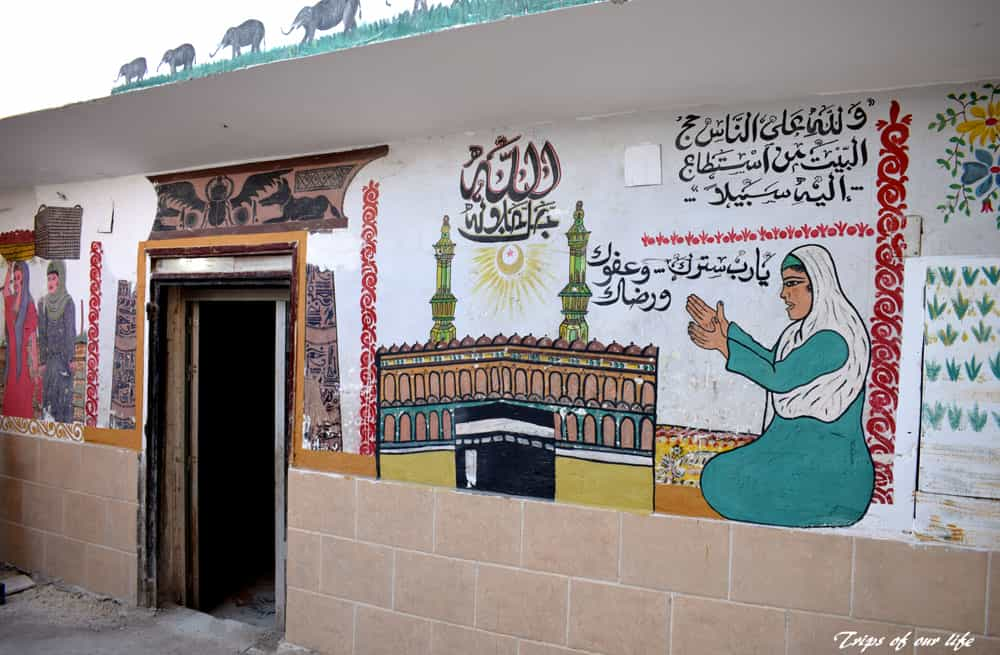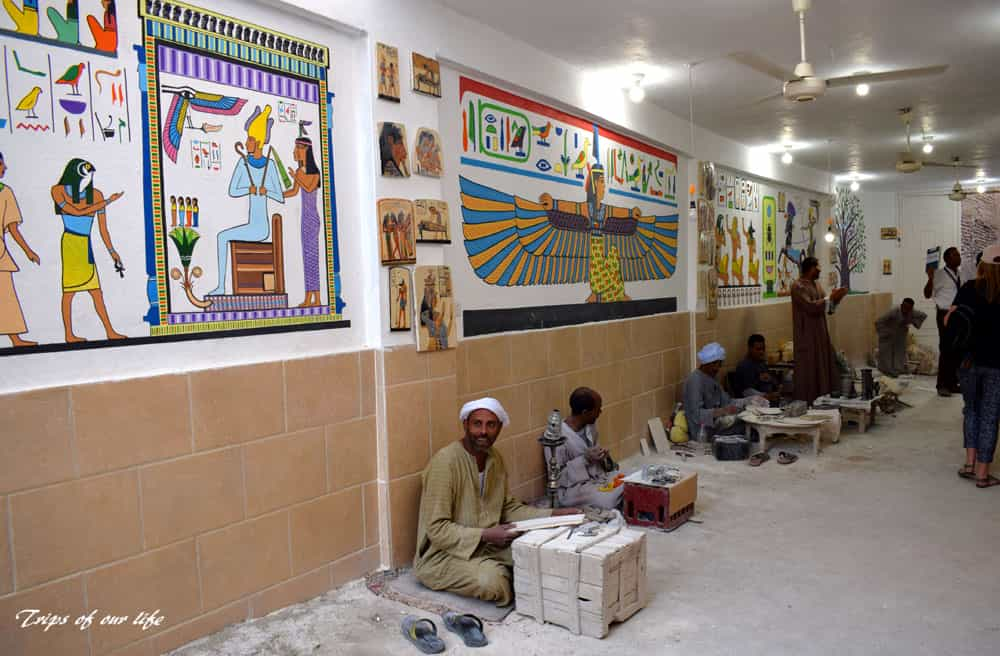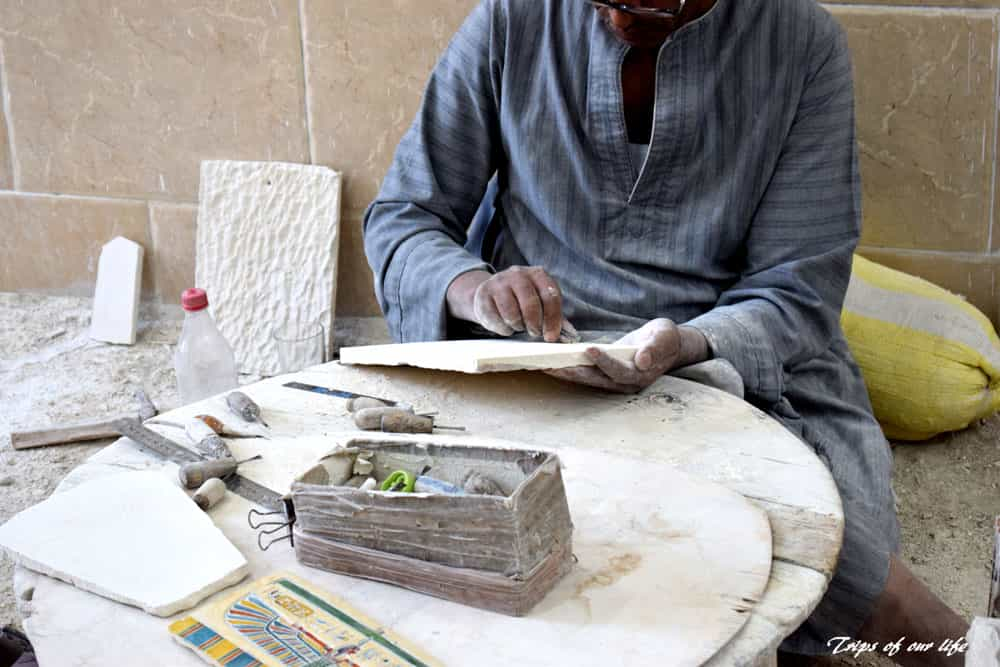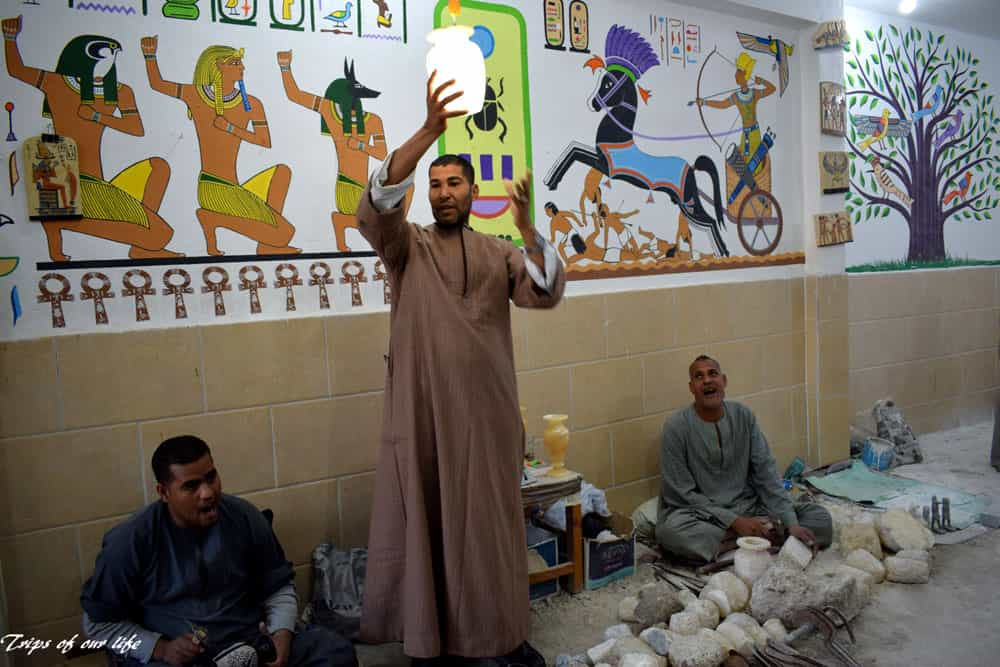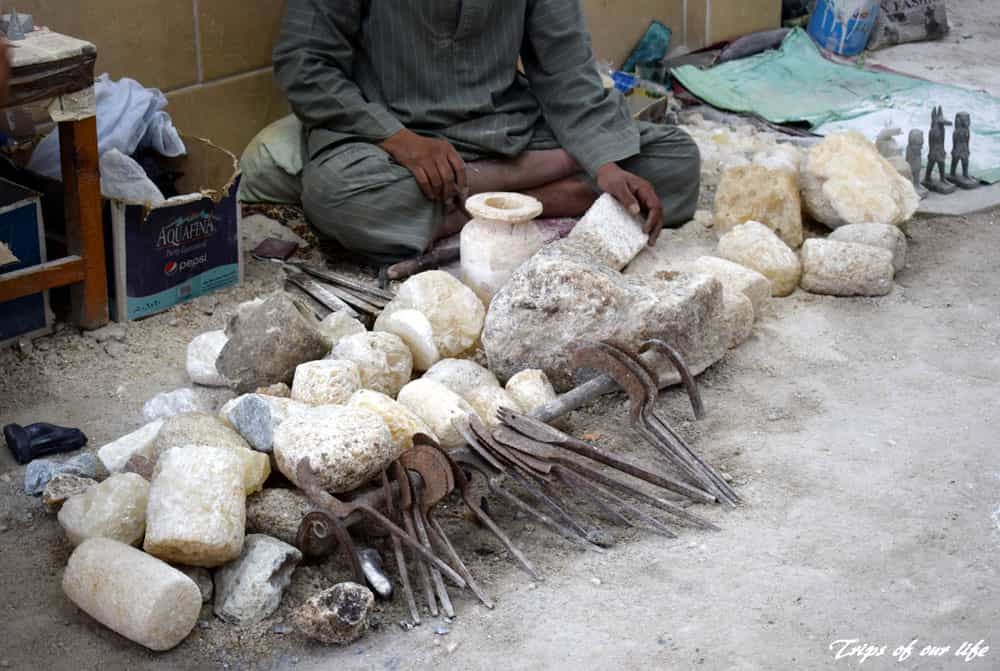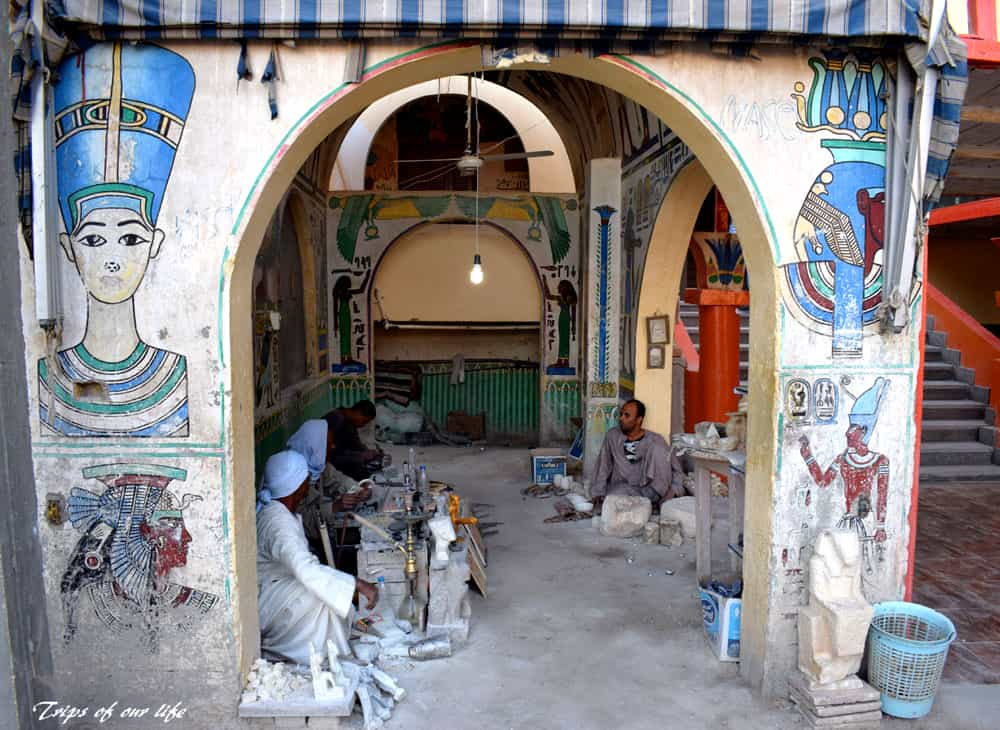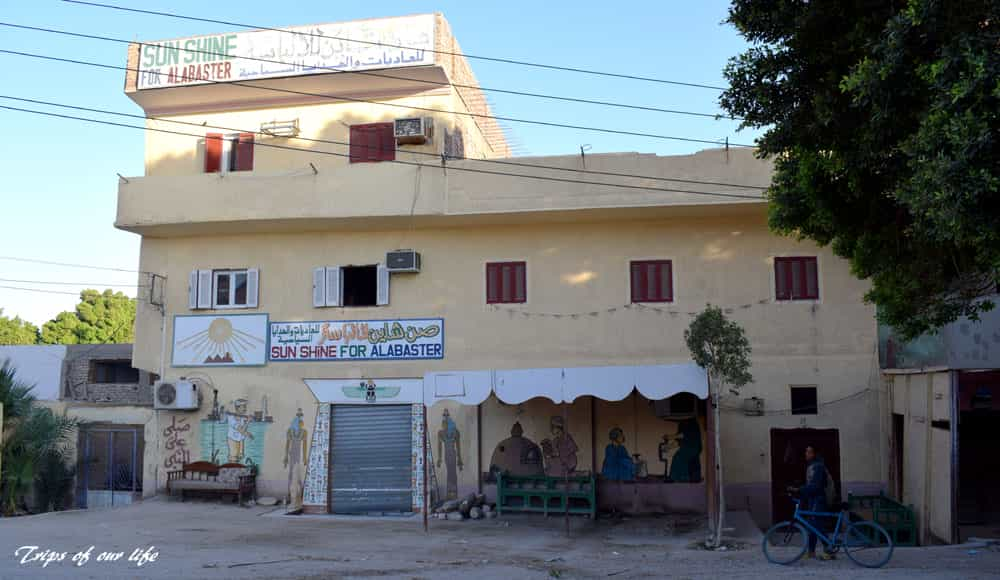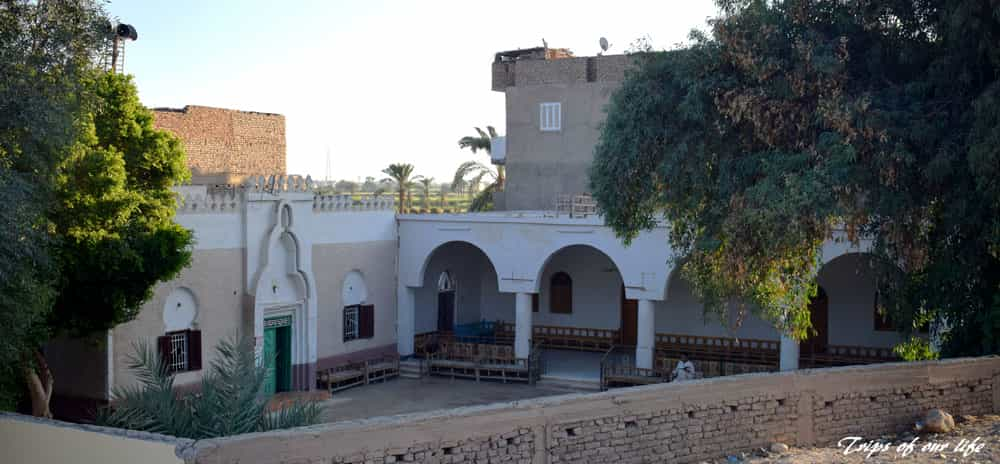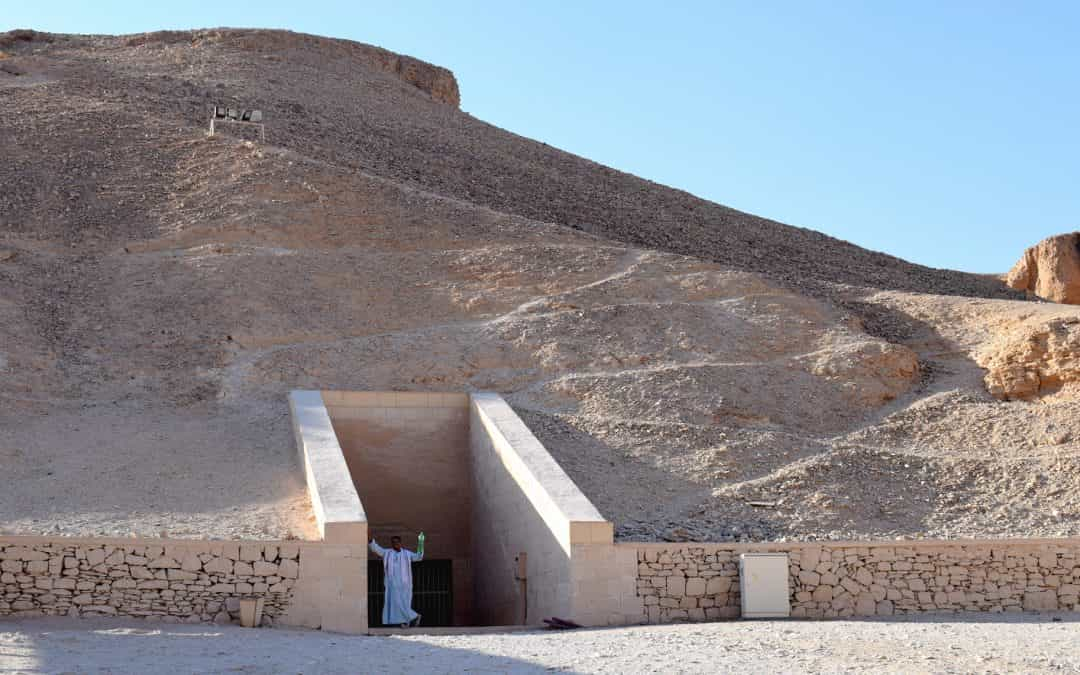I visited the Valley of the Kings, together with Karnak and Hatshepsut temples in Luxor, on a full day organized tour from Hurghada. The story of the valley is well known: the rich Kings-Pharaohs of that time wanted to be buried together with their gold after their death (according to their mummification and burial traditions). As they also wanted to avoid the tomb robbers in Cairo, they decided to look for a secret place far away from the city in order to rest in peach with their treasures. So, they chose a hidden valley surrounded by wild mountains on the west bank of the Nile river and the Theban Necropolis, with difficult access and even more difficulty in finding the royal tombs inside these mountains. The result: after many years of excavations, the archaeologists have discovered 63 royal tombs so far, with the one of King Tutankhamun as the highlight! The excavations are still running until today, giving the opportunity to the visitors of Egypt to admire those amazing findings. I must admit that I was extremely lucky, as due to the collapse of tourism during the recent years the photo shooting inside the tombs is now allowed (except for the tombs of Tut, Seti and Nefertari), in contrast to previous years which was prohibited. Therefore, in my future posts, I will show you exactly what is hidden inside those wild mountains of the valley.
Buying the entrance ticket (160eg.pounds=7,50€ general entrance/Νοv 2017) you can visit only 3 royal tombs. If someone is interested in taking photos of the interior of the tombs, he has to pay an extra ticket (300eg.pounds=14€), as well as an extra ticket for visiting the tomb of King Tut (200eg.pounds =9€). Afterwards, you ride the train-cart from the ticket office and driving towards the mountains you arrive at the main valley, where most of the royal tombs are placed. We visited those three: Ramses III, Ramses IV, Ramses IX, while I visited also the one of King Tutankhamun, in which unfortunately taking photos is not allowed. This tomb is really worth the extra ticket, as you can see inside the King’s untouched mummy, being perfectly preserved in a glass box, and the his untouched burial chamber with amazing colorful frescoes on the walls. The Pharaoh’s personal treasures, including his golden mask and sarcophagus, are kept in the Egyptian Museum of Cairo.
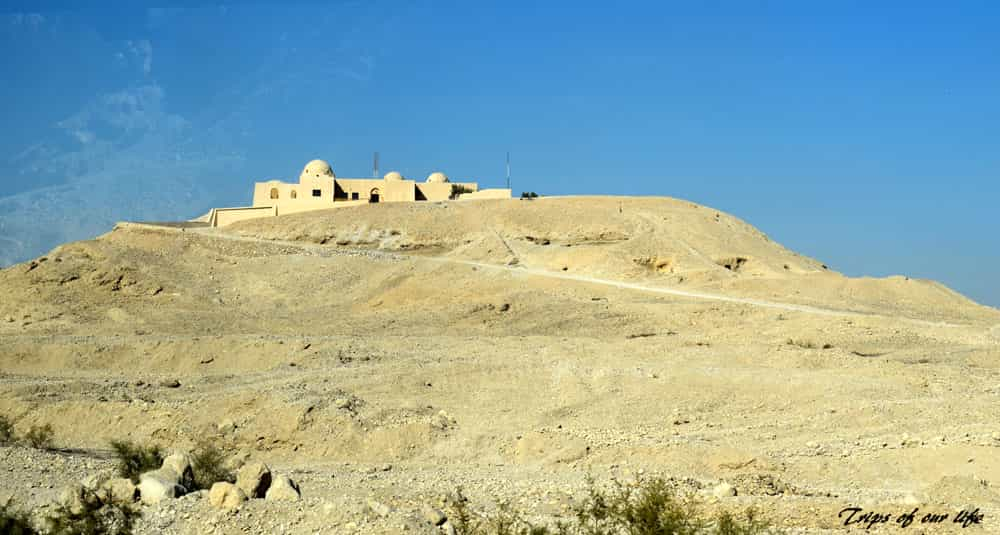
On our way to the Valley of the Kings
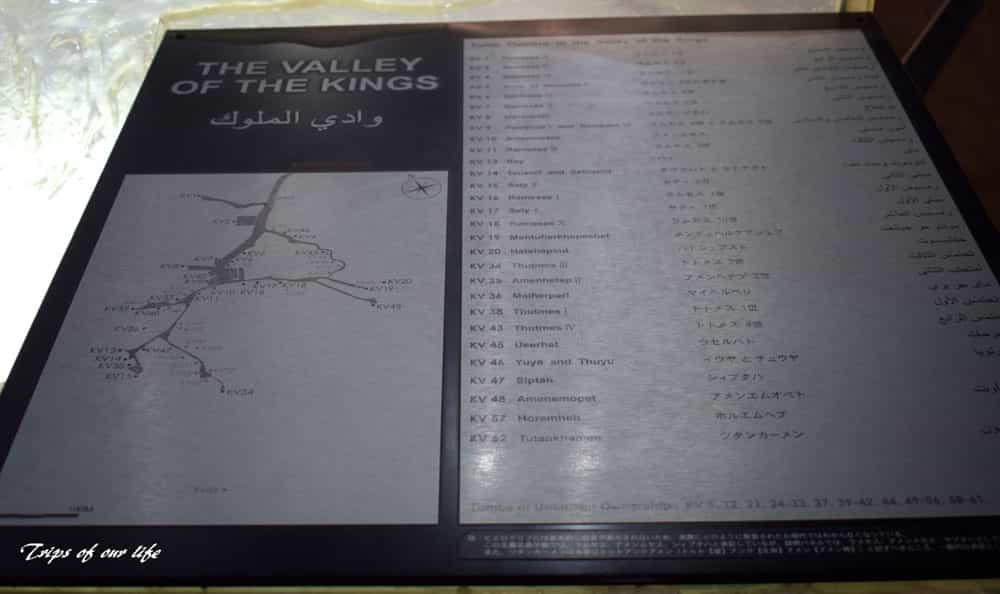
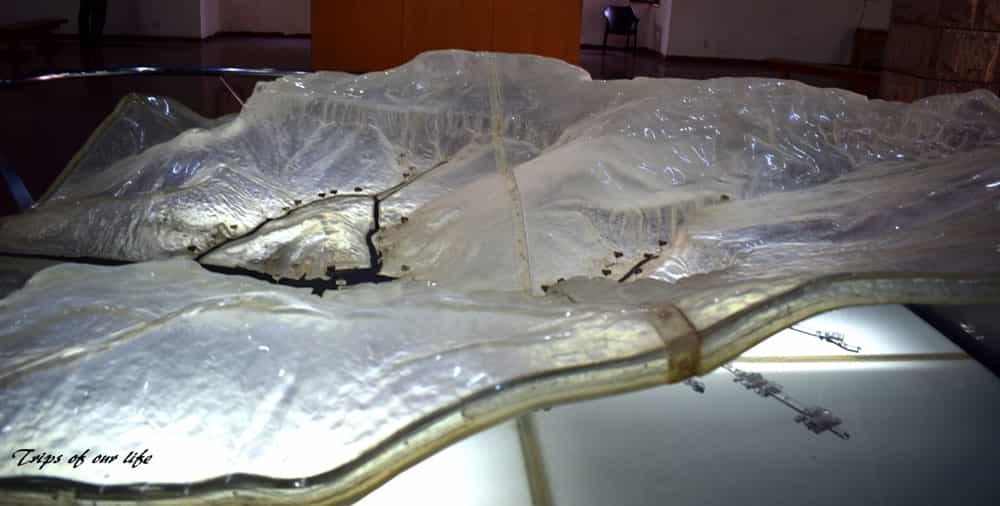
A 3D model of the Valley
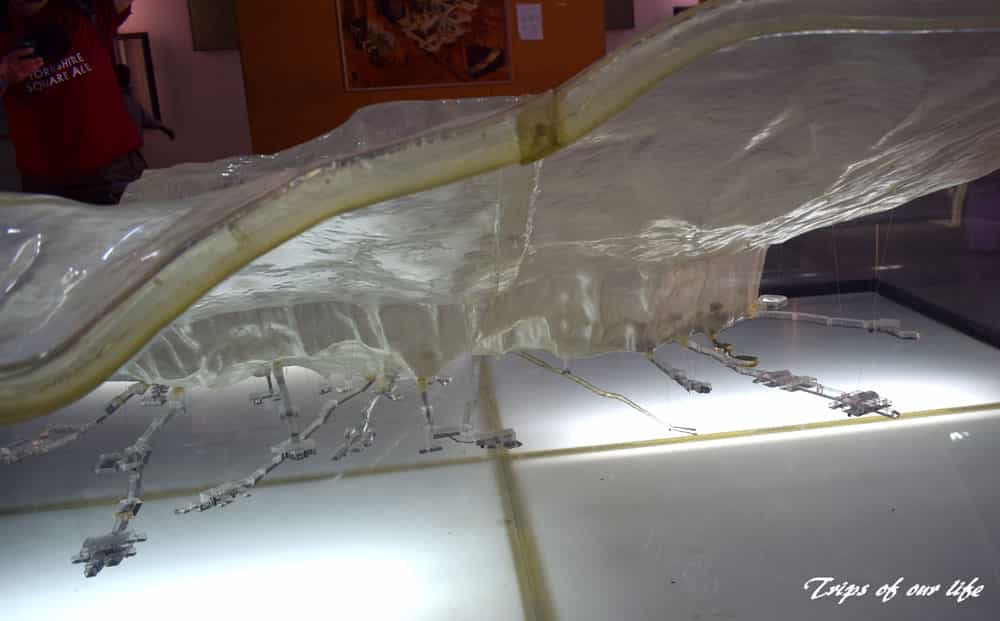
A 3D model of the tombs underground
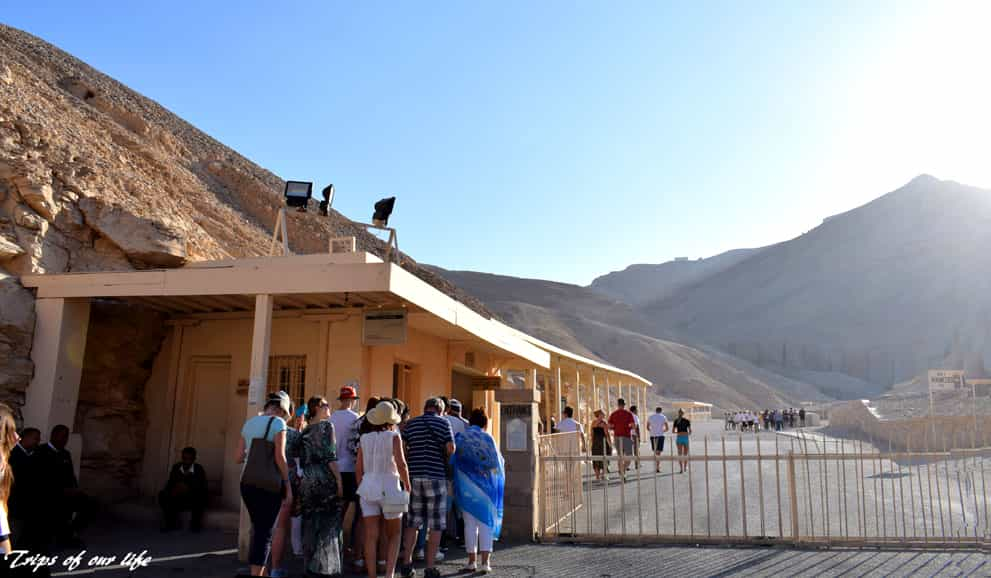
The ticket office at the entrance of the Valley
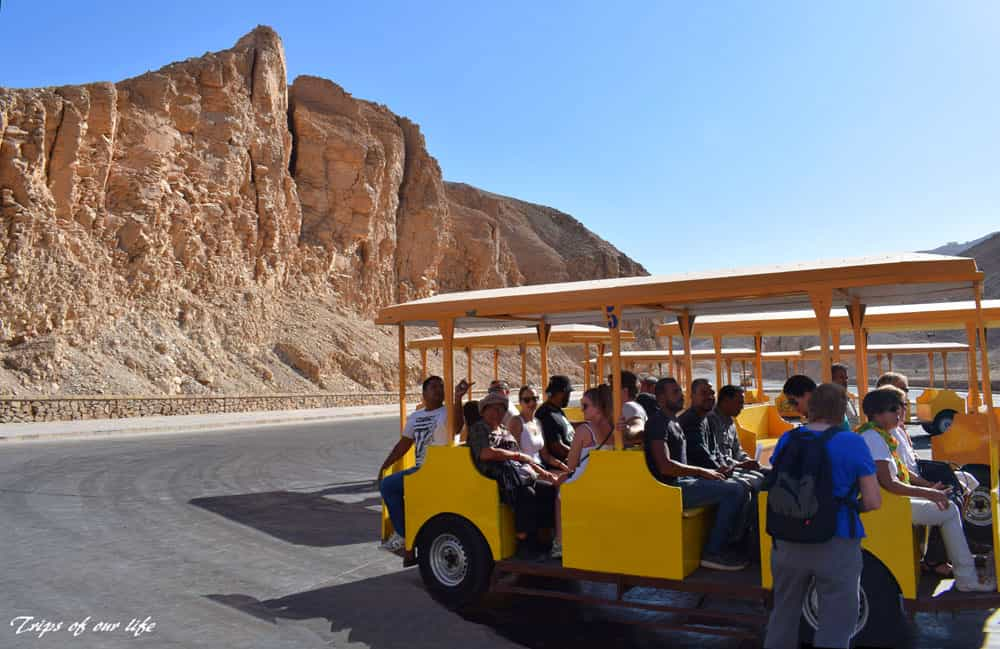
The train-cart at the entrance of the valley
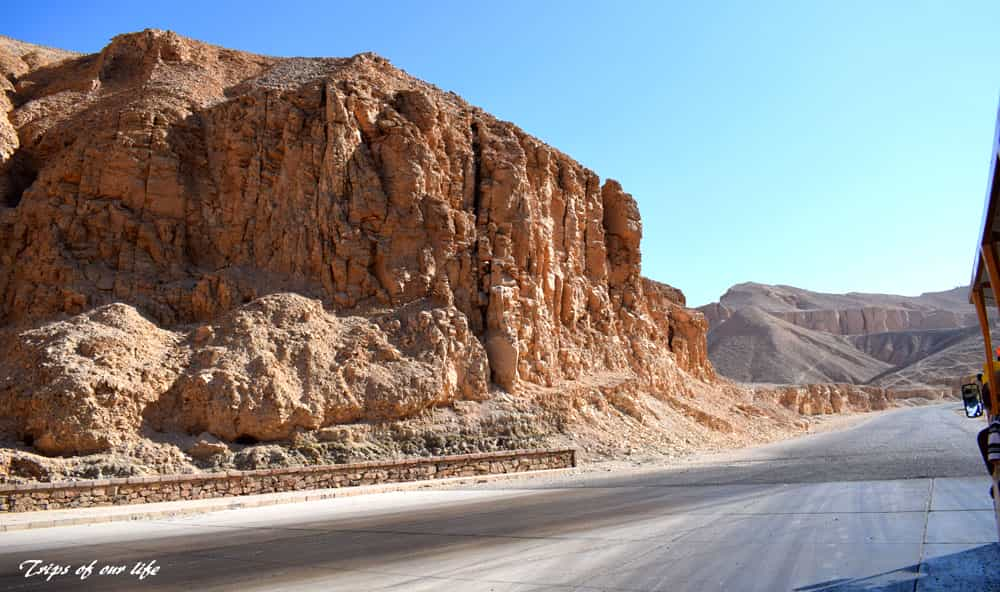
Driving through the mountains to the Kings’ tombs
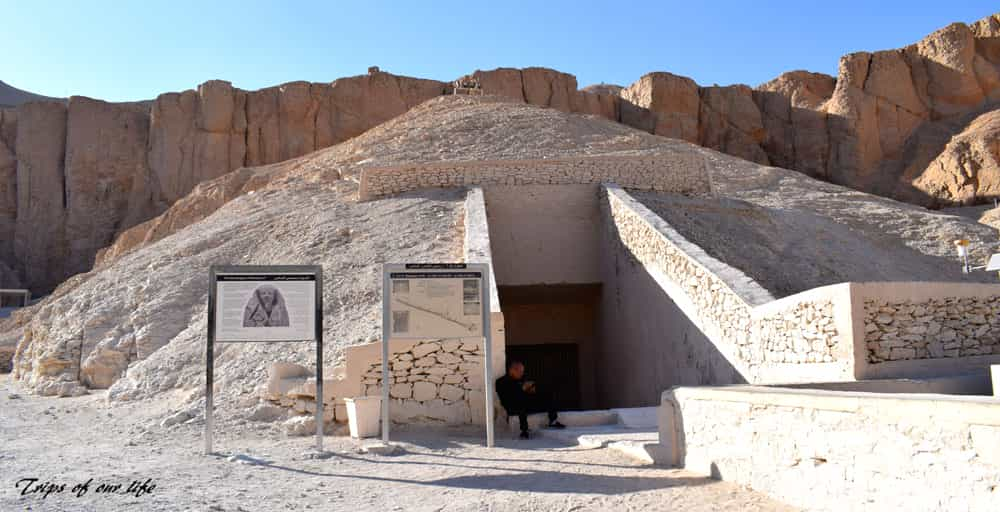
The entrance to a King’s tomb on our way to the main valley
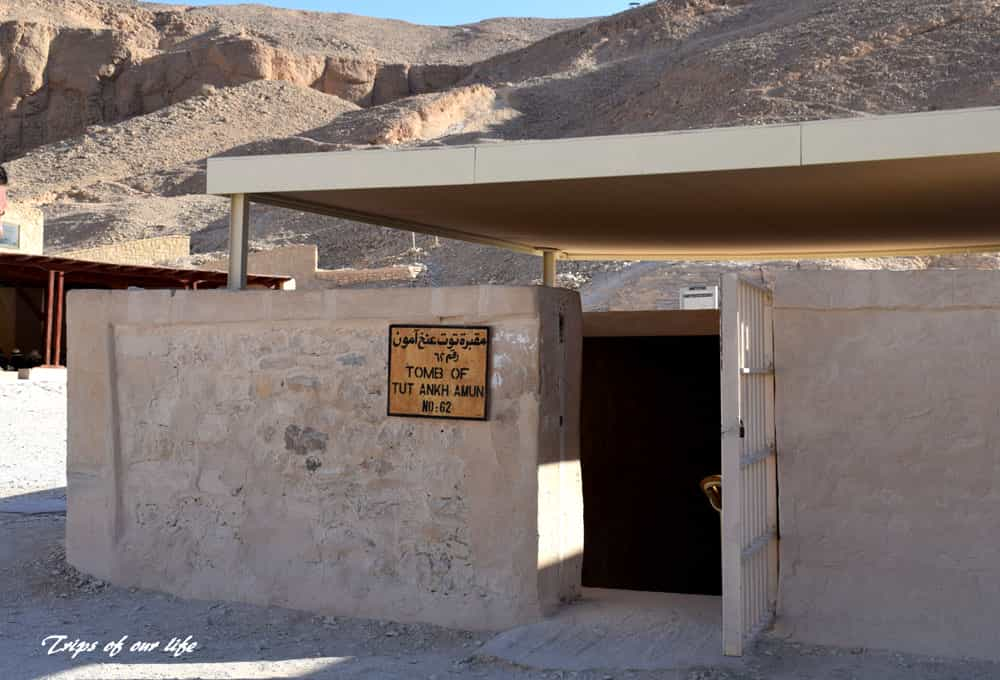
The tomb of King Tut Ankh Amun
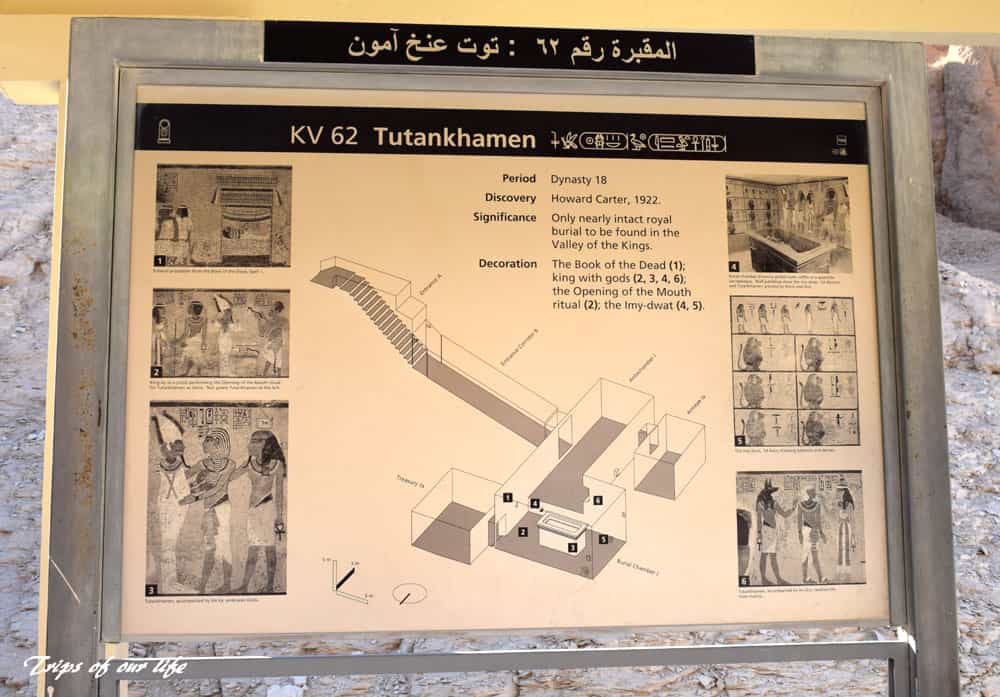
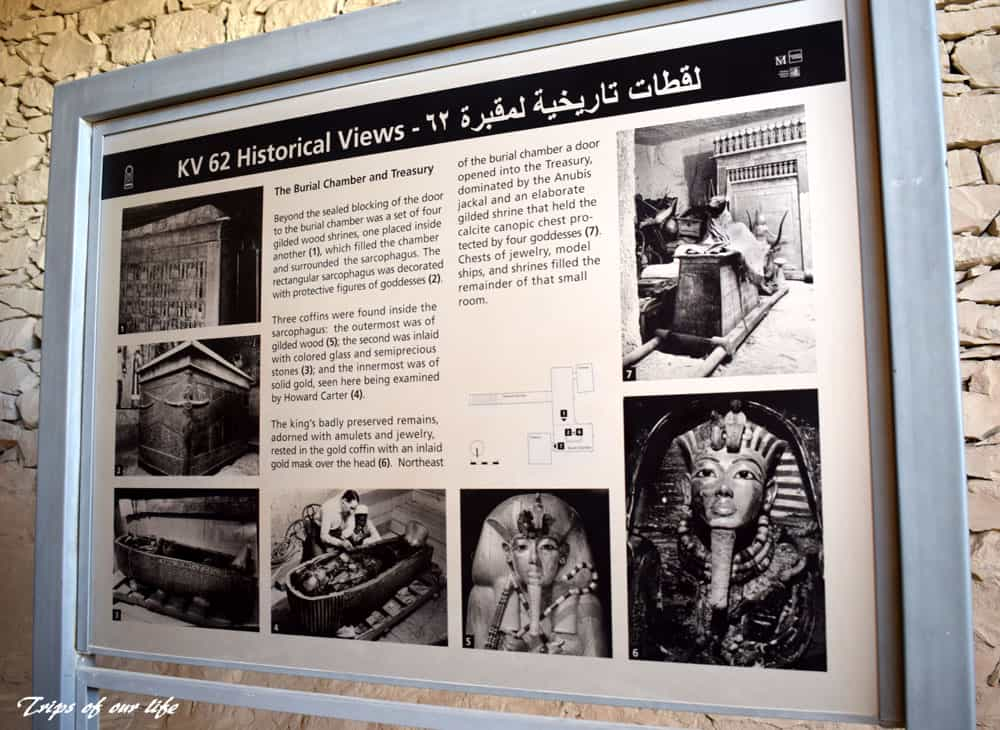
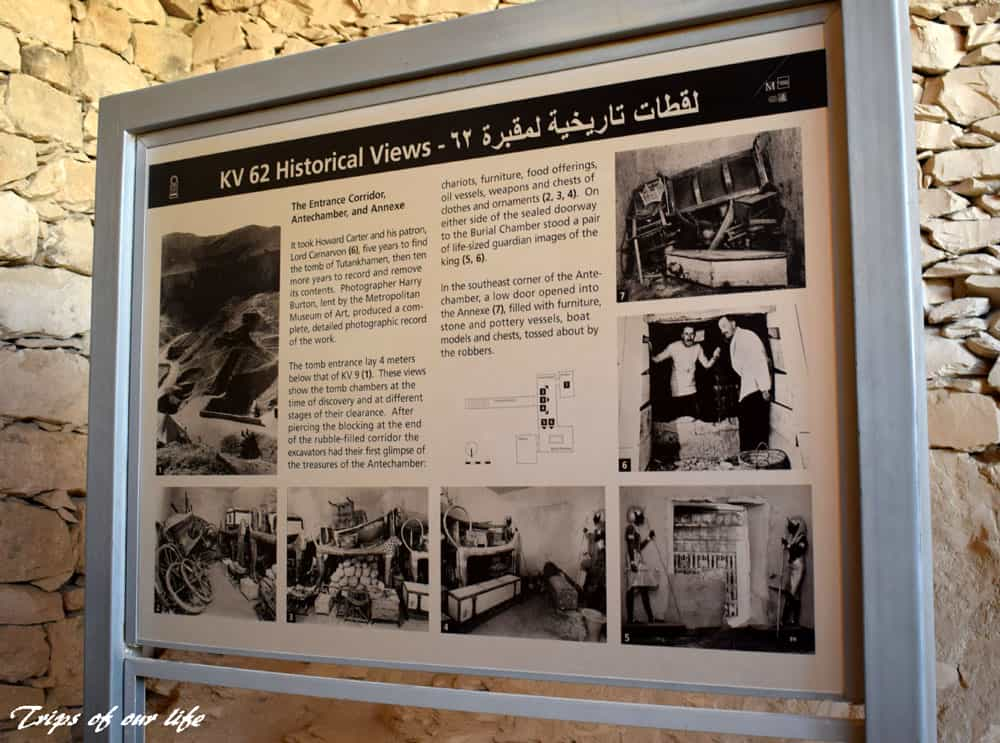
Information signs at the entrance of King’s Tut Ankh Amun tomb
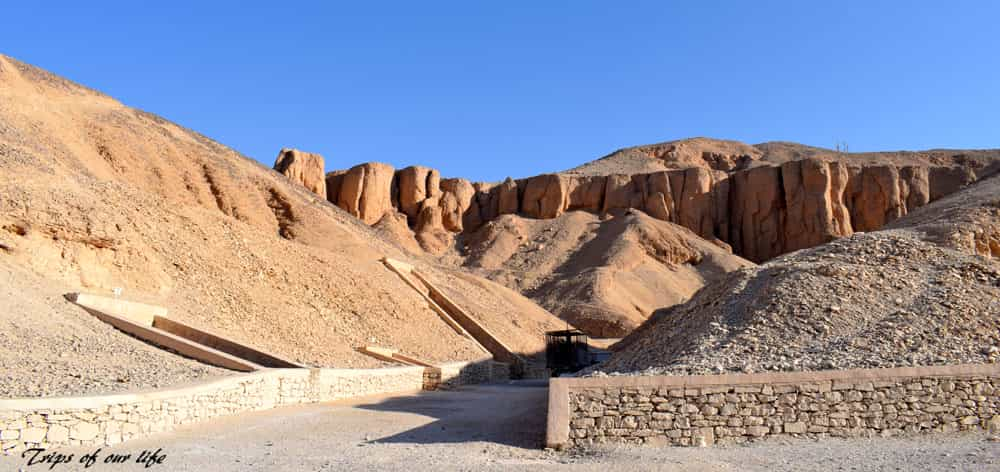
Various royal tombs in the valley
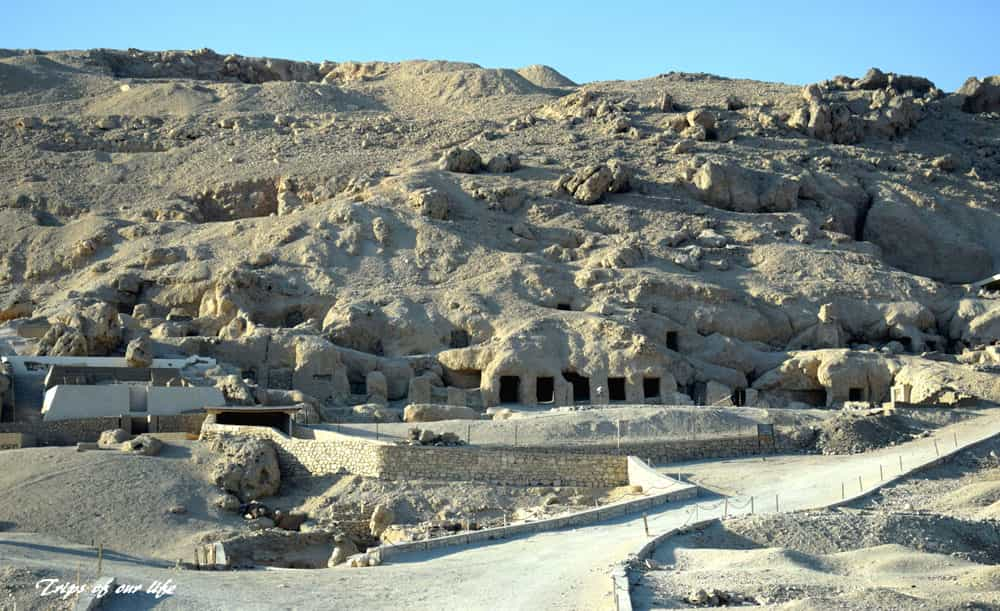
The servants’ tombs outside of the Valley of the Kings
The Alabaster craftsmen village
The surroundings of the valley are famous for the alabaster mining, a mineral used for artwork, decoration items, statues, etc. On our way to Hatshepsut temple, we visited one of the nearby villages, homes to the workers and craftsmen of alabaster, who live and work there since ages. We also attended an interesting demonstration about making artwork from authentic alabaster in a family workshop and after shopping souvenirs we headed to the next temple.
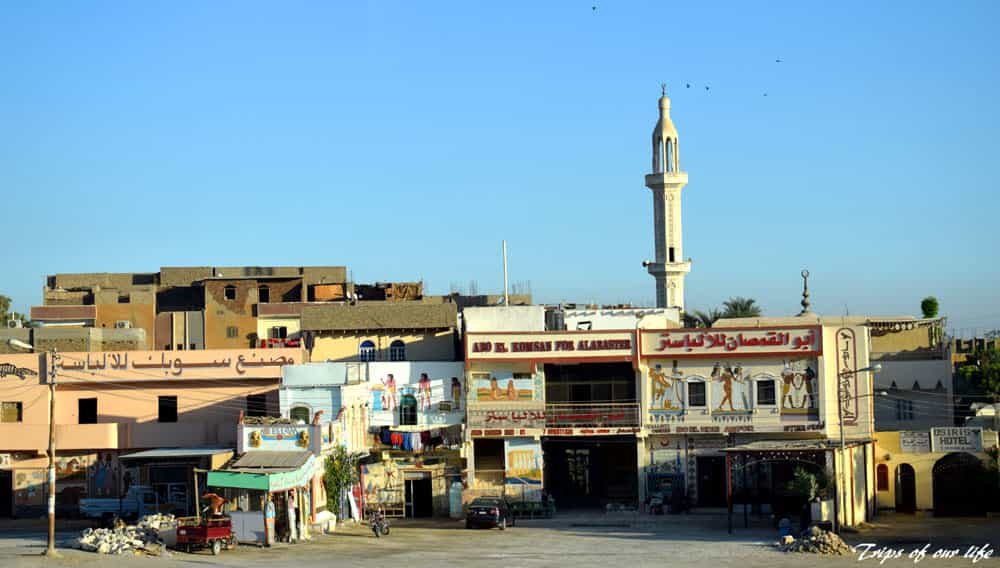
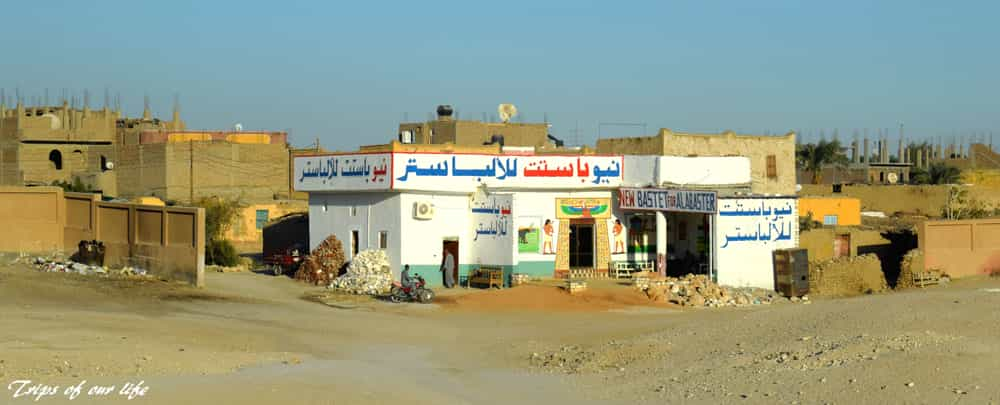
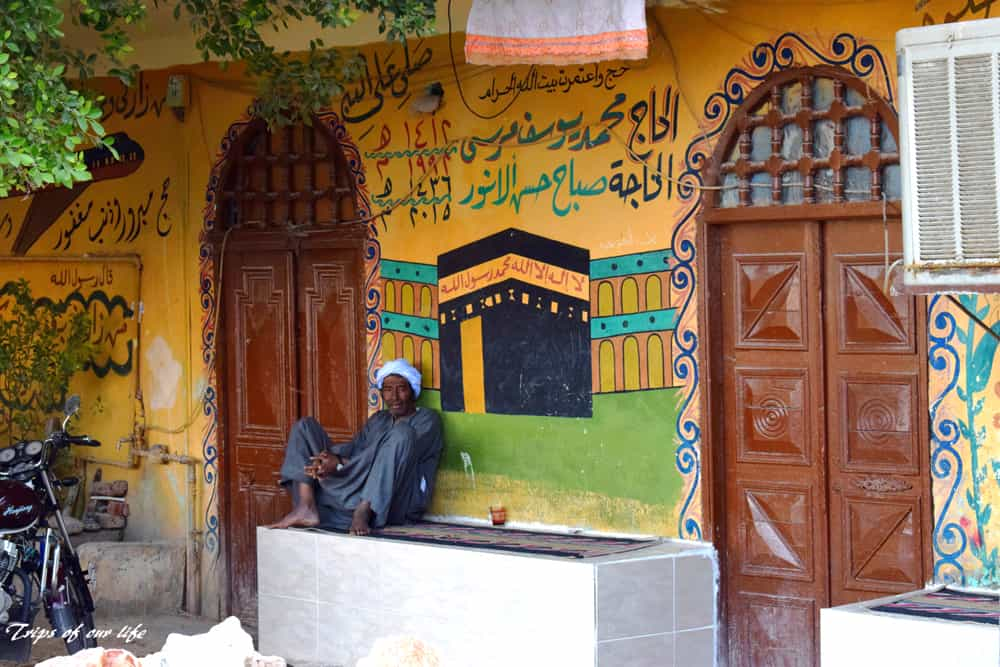
Colorful street art on the facades of the houses
